Guest post written by: Mike Sheridan
With the convenience that a toilet brings, it’s hard to argue that it’s even the least bit detrimental to our well-being.
- What used to occur in an unsheltered forest, for all of mother nature to witness, now happens in a private room in the convenience of your own home.
- What used to require digging a hole, and maintaining a deep squat for up to a minute, now happens on a comfortable throne that washes your business away with the touch of a button.
Since most of us are (or should be) going at least once a day, it’s clear a deep squat is something that used to be performed regularly. In contrast to today, where it’s rarely (if ever) executed…
…at least in North America. Many non-Western cultures opt for the deep squat as a comfortable sitting position, and some Asian, African, Middle Eastern, and European countries still use ‘squat toilets’ in their bathroom stalls.
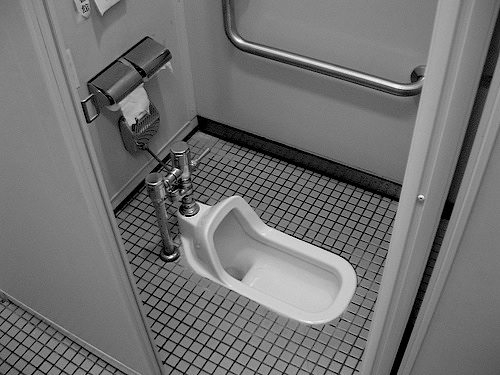
One company has even popularized a toilet attachment called ‘The Squatty Potty’ to mimic the deep squat and create the ideal evacuation angle.
And yes, there was even a study testing the amount of strain involved in squatting vs sitting from the journal Digestive Diseases and Sciences in 2003.
The squatters experienced full bowel emptying after a duration of 50 seconds on average, while the sitters reported a ‘less satisfactory experience’ that took nearly 3 times as long (130 seconds).[i]
Aside from the fact that this is making our elimination experience less than smooth (for lack of a better word); it’s making the deep squat feel like a foreign position that’s difficult to get in and painful to stay in.
Interestingly, we don’t have to look far to see it performed in North America.

The question is, why does a baby sit comfortably in this position for hours, while the majority of adults fall on their backs, get stuck in the bottom, or can’t get down into it to begin with?
It’s because we don’t perform it regularly, and we’ve lost the ability. Our comfortable chairs, couches, and toilets have made it unnecessary.
This isn’t to say you need to start crapping in your backyard, but rather you need to start incorporating a Deep Squat Hold into your daily routine.
“Isn’t Deep Squatting Bad For Your Knees?”
Other than being aligned with our primitive life, the deep squat is the best way to maintain knee and hip flexibility. Research has determined that a very high level of knee and hip flexion (165 and 130 degrees, respectively) is necessary to maintain adequate flexibility.[ii] And from a results perspective, it improves our ability to squat low with weight.
A study from 2001 in the journal Clinical Biomechanics showed no difference in stress or force on the knees between squat depths of 70, 90, or 110 degrees.[iii]
The original misconception was based on research from 1960 showing an increased prevalence of ligament laxity in deep-squatting Olympic lifters compared to a control group.[iv] And unfortunately, it was enough evidence for the American Medical Association to advise against squatting below parallel.[v]
Later research was done using the same measurement techniques and showed no such difference.[vi] In fact, various studies have shown less force on the AC[vii] and PC ligaments at higher knee flexion,[viii] and the greatest shear force appears to be when the knees first bend to initiate the squat.
Some research has even found protective effect on ligaments from training with higher knee flexion, because of compression of the tissues between the tibia and femur.[ix] Priming them for tolerance to loads in a fully flexed position.
In other words, knee stability is not at risk and there is no ‘permanent stretching’ of the ligaments taking place at squatting depths below 90 degrees.[x] The only way you should be concerned with squatting deep is if you have a previous knee (ex: torn meniscus)[xi] or hip problem (ex: cam FAI).[xii] If you have healthy knees, squatting deep will only improve their health, and lead to better muscle activation (glutes and hips) and leg hypertrophy, improved functionality in everyday movement, and better athletic performance.[xiii]
Going back to our discussion from earlier, we’re supposed to feel comfortable with our knees and hips fully flexed. That’s what we did frequently and effortlessly before couches, cars, and computers.
The Deep Squat Hold
The first step to executing the Deep Squat Hold is getting into it, which may require a bit of assistance at first. You can use anything from a door-frame to the leg of a table, and don’t feel bad about having to hang on for the entire duration.
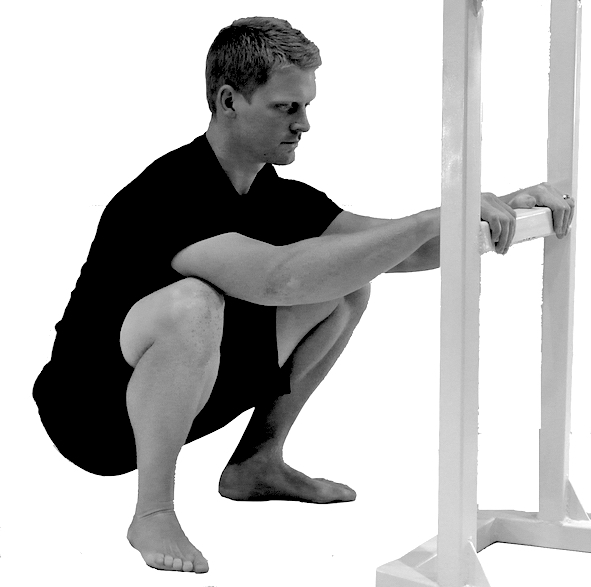
Another option is to perform it on a slightly elevated surface (hill), or step to elevate your heels until you feel comfortable flat footed.
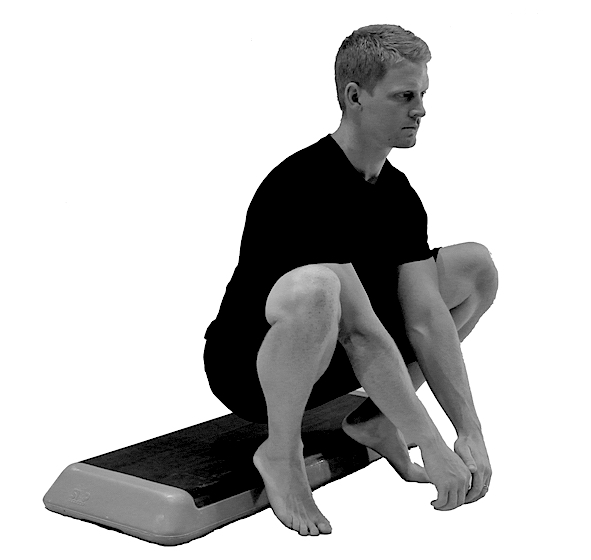
It’s okay to round the spine here, as we’re not loading it with anything; moving around and rotating a little is also encouraged.
Start with a 20-30 second sit-and-hold and look to improve on your time by 5-10 seconds each day. Once you get up to a solid 2-3 minutes without support, you can start experimenting with multiple sets, or more than 1 hold per day.
Along with quickly loosening up the hips and knees before weight-training, the Deep Squat Hold serves as a great stretch during activity breaks on days when we’re sitting or standing for long periods of time. Trying a Cat Camel (over-arching and over-rounding) maneuver while in the deep squat is highly recommended for those that have any degree of back pain or strain.
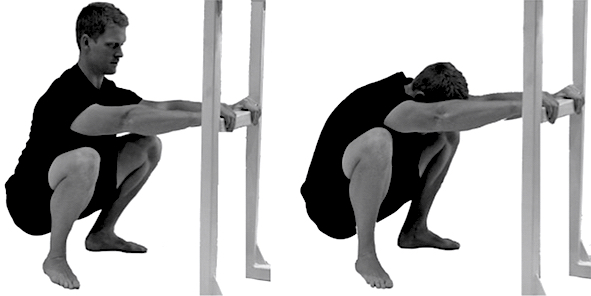
Basically, you perform a Deep Squat Hold while hanging onto something, and alternate between arching and pulling on the support to draw your shoulders back and chest up, to letting your arms extend and shoulders roll forward while rounding your spine.
This is an excerpt from 1% Fitness, where Mike shows you how to maximize your training results with a minimal commitment to exercise. The book includes free access to 14 weeks of workouts and corresponding video demonstrations on your smartphone.
[i] Sikirov D. 2003. Comparison of straining during defecation in three positions: results and implications for human health. Dig Dis Sci 48(7):1201–5.
[ii] Mulholland SJ, et al. 2001. Activities of daily living in non-Western cultures: range of motion requirements for hip and knee joint implants. Int J Rehabil Res 24(3):191-8.
Hemmerich A, et al. 2006. Hip, knee, and ankle kinematics of high range of motion activities of daily living. J Orthop Res 24(4):770-81.
[iii] Salem G, et al. 2001. Patellofemoral joint kinetics during squatting in collegiate women athletes. Clin Biomech (Briston, Avon) 16(5):424-30.
[iv] Klein K. 1961. The deep squat exercise as utilized in weight training for athletes and its effects on the ligaments of the knee. J Assoc Phys Ment Rehabil 15:6–11.
Klein K. 1962. The knee and the ligaments. J Bone Joint Surg 44-A:1191–1193.
[v] Underwood J. 1962. The knee is not for bending. Sports Illustrated 16:50.
[vi] Meyers E. 1971. Effect of selected exercise variables on ligament stability and flexibility of the knee. Res Q 42: 411–422.
[vii] Li G, et al. 1999. The importance of quadriceps and hamstring muscle loading on knee kinematics and in-situ forces in the ACL. J Biomech 32:395–400.
Kanamori A, et al. 2000. The forces in the anterior cruciate ligament and knee kinematics during a simulated pivot shift test: A human cadaveric study using robotic technology. Arthroscopy 16:633–639.
Sakane M, et al. 1997. In situ forces in the anterior cruciate ligament and its bundles in response to anterior tibial loads. J Orthop Res 15:285–293.
[viii] Markolf KL, et al. 1996. Effects of combined knee loadings on posterior cruciate ligament force generation. J Orthop Res 14:633–638.
[ix] Li G, et al. 2004. In situ forces of the anterior and posterior cruciate ligaments in high knee flexion: An in vitro investigation. J Orthop Res 22:293–297.
[x] Lorenzetti S, et al. 2012. Comparison of the Angles and Corresponding Moment in the Knee and Hip during Restricted and Unrestricted Squats. J Strength Cond Res.
[xi] Schoenfeld BJ. 2010. Squatting kinematics and kinetics and their application to exercise performance. J Strength Cond Res. 24(12):3497-506.
[xii] Lamontagne M, et al. 2009. The effect of cam FAI on hip and pelvic motion during maximum squat. Clin Orthop Relat Res. 467(3):645-50.
[xiii] Weiss L, et al. 2000. Comparative effects of deep versus shallow squat and leg-press training on vertical – jumping ability and related factors. J Strength Cond Res 14:241–247.
Caterisano A, et al. 2002. The effect of back squat depth on the EMG activity of 4 superficial hip and thigh muscles. J Strength Cond Res 16: 428–432.
Bloomquist K, et al. 2013. Effect of range of motion in heavy load squatting on muscle and tendon adaptations. Eur J Appl Physiol.
Esformes JI, et al. 2013. Effect of back squat depth on lower body post-activation potentiation. J Strength Cond Res.
Hartmann H, et al. 2012. Influence of squatting depth on jumping performance. J Strength Cond Res 26(12):3243-61.
Matuschek C, et al. 2012. Influence of Squatting depth on Jumping Performance. J Strength Cond Res 26(12):3243-3261.
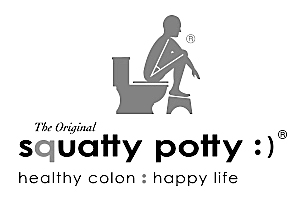
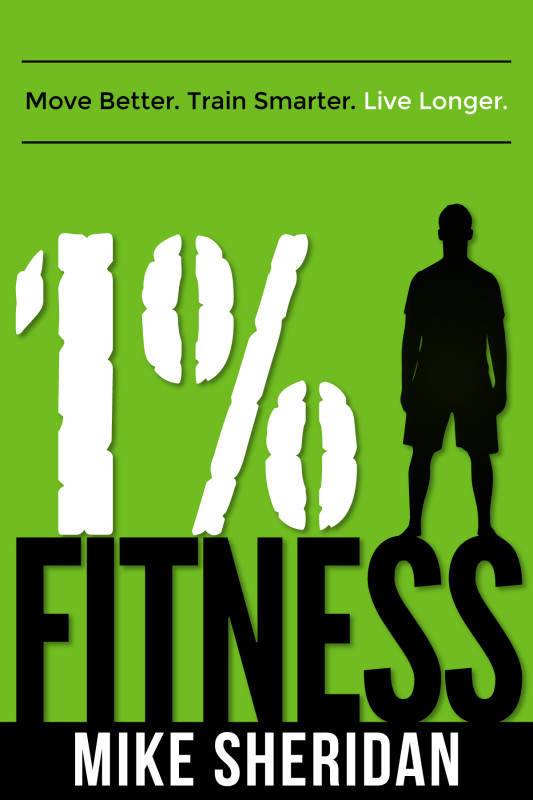

Interesting post. Thank you for sharing. Perhaps a ‘humanure toilet’ combined with a ‘Squatty Potty’ is best?
I used to have knee problems, and after doing the deep squat hold for several weeks I could seriously notice a difference. This is good stuff!
Hi Christopher,
Thanks for sharing the depth article about deep squat i will sure add this in daily routine workout.
What do we do in lieu if we have prior surgical knee issues? I can squat , not deeply, but also I cannot sprint or run.
I have a Squatty Potty and love it. In the late 90’s I spent months in India using a toilet much like the picture, a porcelain rectangle on the floor. Loved that too!
Whilst i agree entirely with the premis of this article, there is one major flaw. The child analogy (used many times by other authors to encourage squatting) is wrong. Children have a bigger gap between their joints (knee, hips, ankle etc) which alows then to hold the position for far longer. That said, modern living results in ones posterior chain being incredibly tight and squating is an essential excercise that should be done by everyone.
Have been an enthusiastic squatter since having my babies – its the best position to get prepared for childbirth! Now that I am in my 60s and post hip replacement am working up to it again. It’s great also for stretching out lower back – particularly if you hold on to something and stretch!
I Live in India and I proud to be there. We are here in India, using such toilets from decades. .
I should incorporate deep squats in my routine. That looks like a really great book, I will have to grab that.
i would like to deep squat, but i likely have some meniscus-issue…i even (probably) got them from practicing the deep squat-resting. I´d like to continue. I actually have no pain, when resting in the squat position, but i don´t know, whether i should do that.
In case i do have a tear, it´s most likely due to degeneration of the meniscus ( i´m almost 41 ) and i´d probably not have a surgery as the pain is very low right now.
Suggestions?
thanks